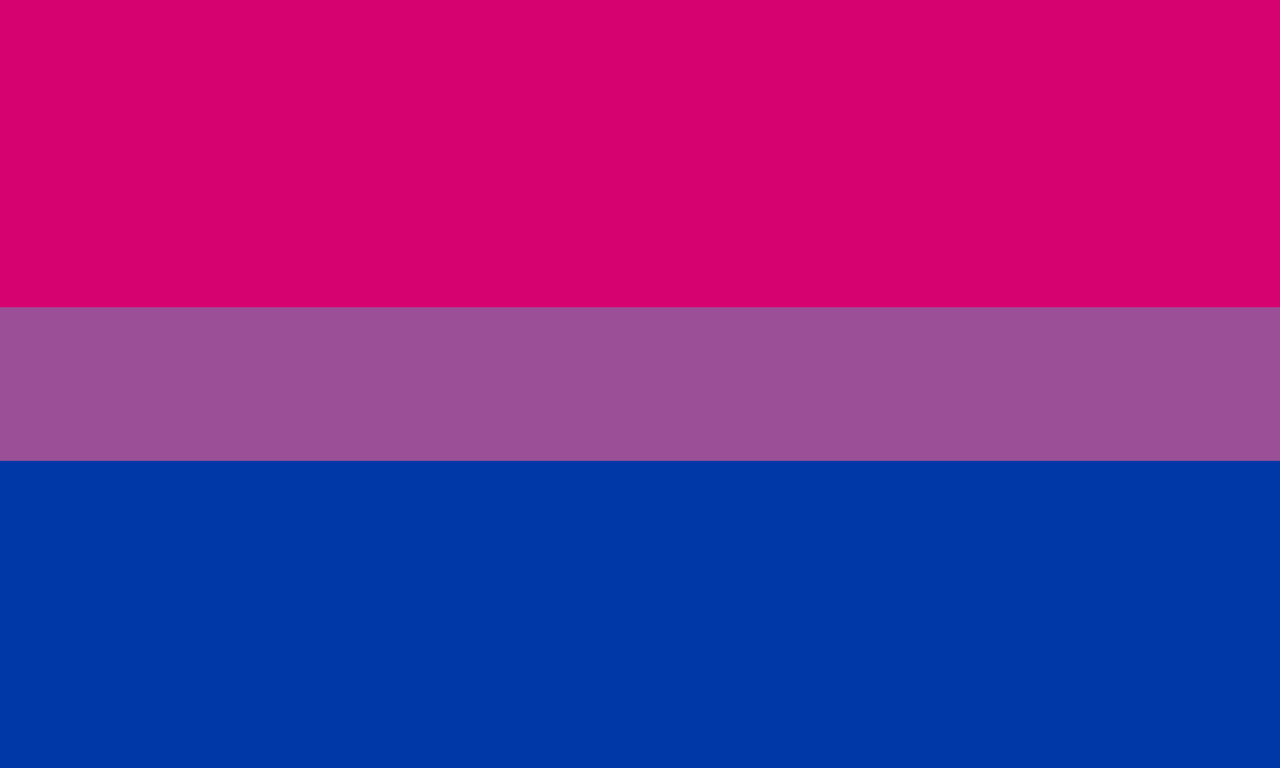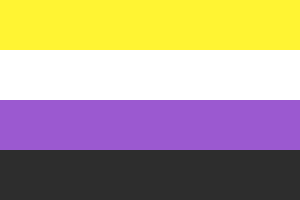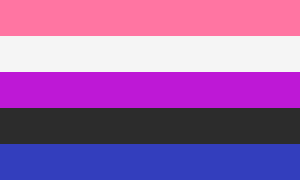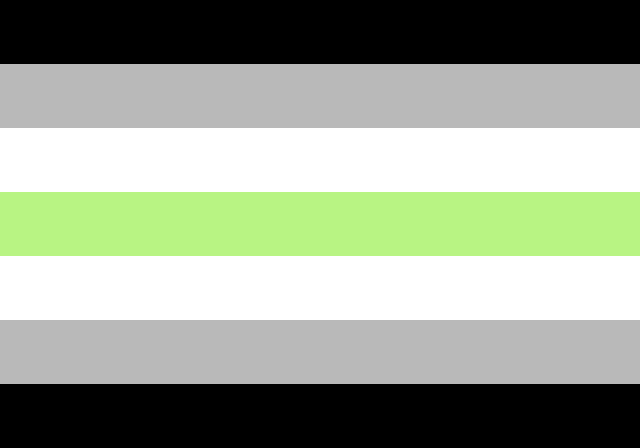What Does the Pink Purple and Blue Flag Mean
Flags have always been an integral part of the LGBTIQ community. They are a visible representation of identity that people use in celebration, in protest, or even as a casual adornment. There have been many LGBTIQ flags over the years. Some have evolved, like the original Pride flag created in 1978 by Gilbert Baker and flown at the San Francisco Gay Freedom Day parade. While others are constantly being conceptualized and created.
What follows is a non-exhaustive list of flags used by the LGBTIQ community and their allies. As mentioned previously, new flags are constantly being conceptualized and used, so the ones mentioned here are subject to change. It is also important to provide a disclaimer that by no means are LGBTIQ flags necessary to achieve progress in recognition and protection of the human rights of LGBTIQ people. In some places, it may be unsafe to use these flags, and/or more culturally relevant symbols representing the LGBTIQ community may exist instead.
Rebooted pride flag by Daniel Quasar

This is a rebooted pride flag by Daniel Quasar. Representation matters — especially for the most marginalized communities. The reboot is meant to be inclusive of queer people of color and trans people. Learn more about the redesigned flag: https://www.them.us/story/pride-flag-redesign
Trans Pride Flag

Trans Pride Flag — Monica Helms, an openly transgender American woman, created the flag in 1999. The light blue and light pink are the traditional colors for baby girls and baby boys, respectively, while the white represents intersex, transitioning, or a neutral or undefined gender. According to Helms, the flag is symmetrical so "no matter which way you fly it, it is always correct, signifying us fnding correctness in our lives."
Intersex Pride Flag

Intersex Pride Flag — Created in July 2013 by OII Australia, the intersex pride flag utilizes yellow and purple, which are considered "hermaphrodite" colors, according to the organization. The purple central circle is "unbroken and unornamented, symbolising wholeness and completeness, and our potentialities."
Bisexual Pride Flag

Bisexual Pride Flag — Created in 1998 by Michael Page, the bisexual pride flag has a is pink on the top and royal blue on the bottom, with an overlapping purple stripe in the middle. The pink is intended to represent attraction to the same sex only, the royal blue to the opposite sex only, and the purple attraction to all genders / more than one.
Pansexual Pride Flag

Pansexual Pride Flag — The pansexual pride flag has three horizontal stripes: pink, yellow, and blue. According to most definitions, the pink represents people who are female identified, the blue represents people who are male identified, while the yellow represents nonbinary attraction.
Nonbinary Pride Flag
 Nonbinary Pride Flag — Kye Rowan created the nonbinary pride flag, which has yellow, white, purple, and black horizontal stripes, in 2014. It is intended to represent nonbinary people who did not feel that the genderqueer flag represents them and be used alongside Roxie's design. The yellow stripe represents people whose gender exists outside of the binary, the white stripe, people with many or all genders, the purple, people with genders considered a mix of male and female, and the black people who identify as not having a gender.
Nonbinary Pride Flag — Kye Rowan created the nonbinary pride flag, which has yellow, white, purple, and black horizontal stripes, in 2014. It is intended to represent nonbinary people who did not feel that the genderqueer flag represents them and be used alongside Roxie's design. The yellow stripe represents people whose gender exists outside of the binary, the white stripe, people with many or all genders, the purple, people with genders considered a mix of male and female, and the black people who identify as not having a gender.
Asexual Pride Flag

Asexual Pride Flag — In August 2010, the asexual pride flag after a period of debate over having a flag and how to set up a system to create one, as many asexual communities as possible were contacted and a flag was announced as the asexual pride flag by one of the teams involved. The flag consists of four horizontal stripes: black, grey, white, and purple from top to bottom. The black stripe represents asexuality, the grey stripe representing the grey-area between sexual and asexual, the white stripe sexuality, and the purple stripe community.
Genderfluid Pride Flag
 Genderfluid Pride Flag — JJ Poole created this flag in 2012. It has five horizontal stripes: pink for femininity, blue for masculinity, purple for both masculinity and femininity, black for the lack of gender, and white for all genders.
Genderfluid Pride Flag — JJ Poole created this flag in 2012. It has five horizontal stripes: pink for femininity, blue for masculinity, purple for both masculinity and femininity, black for the lack of gender, and white for all genders.
Agender Pride Flag
 Agender Pride Flag — The agender pride flag, created by Salem X in 2014, has seven horizontal stripes. The black and white stripes represent an absence of gender, the gray represents semi-genderlessness, and the central green stripe represents nonbinary genders.
Agender Pride Flag — The agender pride flag, created by Salem X in 2014, has seven horizontal stripes. The black and white stripes represent an absence of gender, the gray represents semi-genderlessness, and the central green stripe represents nonbinary genders.
Genderqueer Pride Flag

Genderqueer Pride Flag — This flag was designed in 2011 by Marilyn Roxie, a genderqueer writer and advocate, and features a lavender, white, and chartreuse stripe. According to Roxie, the lavender stripe is a mix of blue and pink—colors traditionally associated with men and women—and represents androgyny as well as queer identities. The white stripe, like in the transgender pride flag, represent agender or gender neutral identities. The chartreuse stripe is the inverse of lavender and represents third gender identities and identities outside the gender binary.
Lesbian Pride Flag
 (Latest) Lesbian Pride Flag — The original was a red kiss superimposed on six shades of red and pink colors and a white bar in the center was introduced in a weblog in 2010. It was modified by removing the kiss. In a 2018 article on Medium, an author proposed this flag as "A Lesbian Flag for Everyone". The flag seen here, has been voted on by approx. 5000 people as a possibility for new lesbian flag.
(Latest) Lesbian Pride Flag — The original was a red kiss superimposed on six shades of red and pink colors and a white bar in the center was introduced in a weblog in 2010. It was modified by removing the kiss. In a 2018 article on Medium, an author proposed this flag as "A Lesbian Flag for Everyone". The flag seen here, has been voted on by approx. 5000 people as a possibility for new lesbian flag.
Gay Pride Flag
 Gay Pride Flag — Gilbert Baker created the gay pride flag in 1978, and it originally had eight stripes. The colors in order, were hot pink to represent sex, red for healing, yellow for sun, green for serenity with nature, turquoise for art, indigo for harmony, and violet for spirit. In the years since, the flag has been reduced to six colors: the flag no longer uses hot pink, and the turquoise and indigo have been replaced with royal blue.
Gay Pride Flag — Gilbert Baker created the gay pride flag in 1978, and it originally had eight stripes. The colors in order, were hot pink to represent sex, red for healing, yellow for sun, green for serenity with nature, turquoise for art, indigo for harmony, and violet for spirit. In the years since, the flag has been reduced to six colors: the flag no longer uses hot pink, and the turquoise and indigo have been replaced with royal blue.
This piece was written by Rachel Alatalo in 2017 and edited by Matthew Solomon in 2021
Published on September 20, 2021 | OutRight Action International an LGBT human rights organization
Source: https://outrightinternational.org/content/flags-lgbtiq-community
0 Response to "What Does the Pink Purple and Blue Flag Mean"
Post a Comment